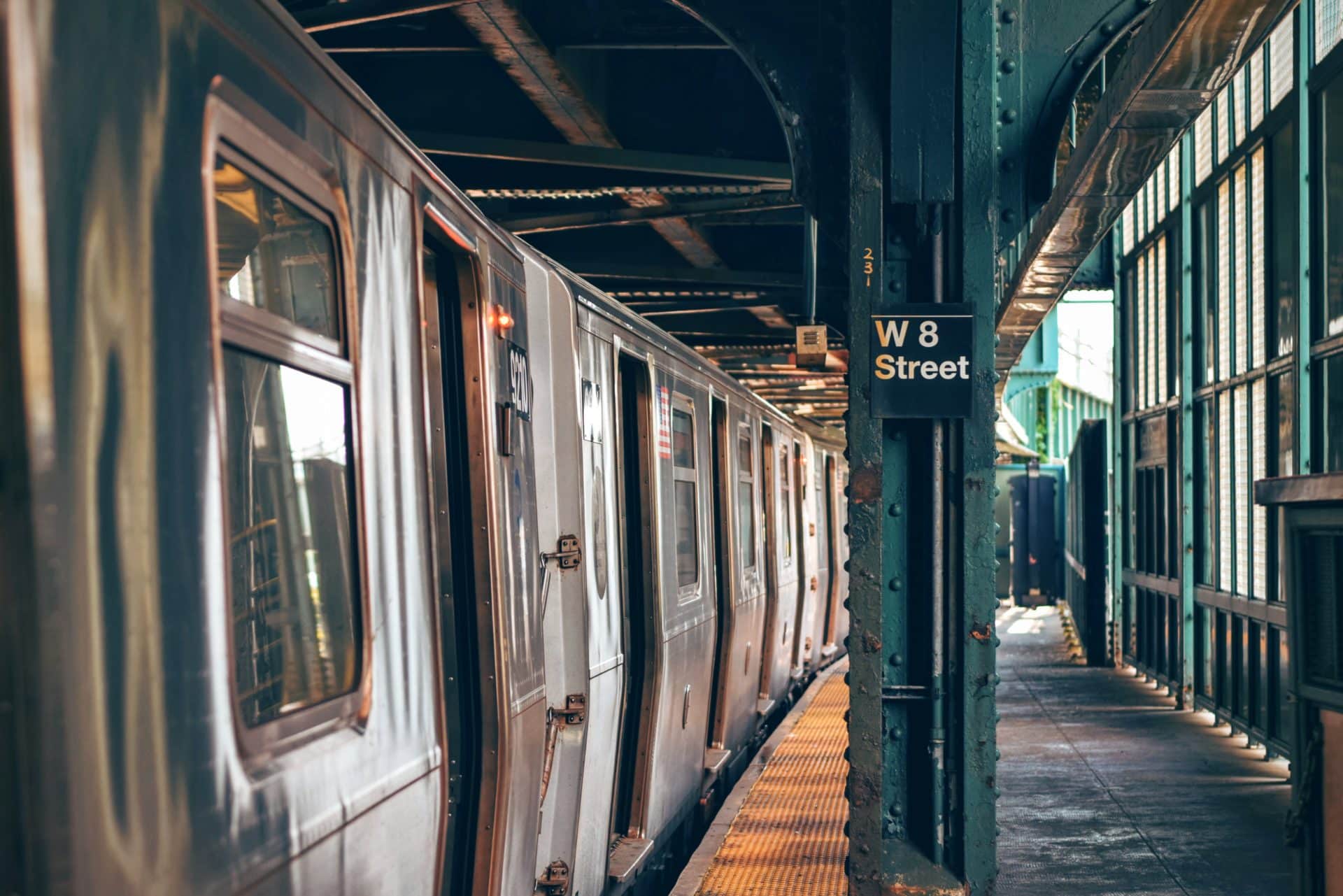Free Consultation
Free Consultation

Are you one of the many New Yorkers fed up with the Metropolitan Transportation Authority? As fellow NYC denizens, we completely understand the feeling. You have many good reasons to be.
However, since this is the season of thankfulness and forgiveness, we thought it worthwhile to take a look at how far the MTA has come since it was first created. Knowledgeable of their history, we can then more genuinely hold them accountable. After all, holding them accountable today can actually help them to continue to improve – for the safety of everyone.
The MTA was birthed after a horrible crash on the eve of Thanksgiving in November 1950. Thousands were riding by train from Penn Station toward Long Island. One train rear-ended another and almost 80 passengers died in the bloody crash, caused by jammed brakes.
Even worse, that disaster was just one of two fatal crashes that year. Thirty-two people had already died in a head-on train collision in February. Another crash in August injured 46, though no one died.
Following the Thanksgiving massacre, state government officials took note and began overseeing the LIRR, eventually purchasing the railroad in 1965. They set up the Metropolitan Commuter Transportation Authority, which was changed to its current name in 1968 by Gov. Nelson Rockefeller.
Over the next two decades, the MTA became the biggest public transit system in the U.S., adding more rail lines, buses, and toll bridges than any other. But things weren’t all rosy.
By 1977, the MTA was plagued with money problems. Trains were frequently out of service, delayed, or impacted by fires. By 1981, many people stopped riding the MTA altogether out of frustration. That year, a subway car traveled not even 7,000 miles before a breakdown.
In comparison, today’s cars travel over 112,000 miles before a breakdown, according to MTA reports.
Today, as evidenced by the above statistic, the MTA has come a long way. However, it still has plenty of woes. Its 11 million daily passengers complain of dirty subways and long waits. On top of that, the agency is suffering underneath a staggering $40 billion in debt.
This June, two Long Island residents filed suit against the MTA, LIRR, and New York City Transit on grounds of negligence and emotional distress due to frequent cancellations, disruptions, and delays in their commute. Their lawsuit is intended to be a class-action suit, with thousands of others who want to join in.
The lawsuit asserts that the overcrowding poses a danger of falling onto tracks and forces passengers to stand in unsanitary areas. Passengers face late-arrival disciplinary actions at work due to the frequent delays in the train schedules. The lawsuit seeks compensations for LIRR pass fees along with damages and attorney fees.
Another pair of lawsuits filed by groups of disabled individuals assert that the subway system does not adequately accommodate their needs. The lawsuits state that the MTA ranks lowest among 10 other large U.S. transit systems in its accessibility to disabled individuals. Only a meager 24 percent of the system is accessible.
The city has 472 subway stations. Just 112 of those stations are accessible to wheelchairs. The other 360 stations do not have working elevators or other lift devices for anyone unable to use stairs. The lawsuit is being filed on both the state and federal levels.
At the state level, the main contention is that the MTA violates the New York City Human Rights Law because it discriminates against disabled individuals. At the federal level, the lawsuit states that the Americans with Disabilities Act is being violated, since it protects disabled individuals against discrimination in public venues.
The New York City system has more subway stations than any other city in the world. Yet other U.S. cities have much higher accessibility rates. Chicago’s rate is 67 percent, Philadelphia’s rate is 68 percent, and Boston’s rate is 74 percent. San Francisco and Washington D.C. have 100 percent accessibility rates.
These two lawsuits do not seek damages. Rather, they seek long-term plans and procedures for improvement. The MTA estimates it will cost well over $11 billion to make improvements to all the remaining stations to fulfill the federal law requirements.
What can you do if your daily life is negatively impacted by the MTA, or if you get hurt either while riding an MTA vehicle or on MTA property? Your best bet is to work with a skilled NY personal injury attorney who will help protect your rights.
Often, these types of injuries occur due to negligence on the part of the MTA. Negligence can cause toxic chemical spills, crashes at crossings, derailment, collisions, or even just poor property maintenance, all of which can have a serious impact on your health.
To prove negligence, a knowledgeable NYC MTA accident attorney will look for ways that safety requirements were not met, such as improper training, hazardous environments, or operator failure.
If you have been injured in an MTA accident, contact an attorney who has a proven record in handling public transportation accidents. Contact us today for a free initial consultation.